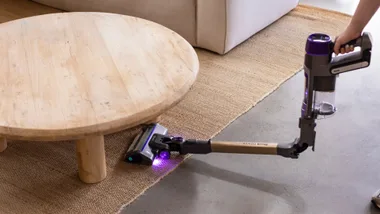Q: How do I stop condensation forming under the lids after bottling jams and jellies?
A: To avoid trapped condensation, fill the hot, dry jars right to the top, literally as much as the jars will hold. Seal the jars while still hot; this stops the trapped air/condensation syndrome. The jam will contract and shrink slightly away from the lids as they cool down to room temperature. This rule applies to jams, jellies, pickles and chutneys.
Q: What is ‘pectin’?
A: Pectin is a carbohydrate found in certain fruits which, when combined with acid and sugar, helps jam, jelly, or marmalade to set (jell). Commercial pectin can be bought from health-food stores and some supermarkets; it can be used to set jams and jellies made with fruit low in pectin.
Q: My strawberry jam just won’t set, regardless of how long I boil it. What’s wrong?
A: Strawberries are one of the fruits that are low in acid and pectin – both of which are required to make jam set; lemon juice can be added and the jam re-boiled until it jells when tested. However, if the jam has darkened in colour and has a caramel taste (which happens when sugar is overcooked) it cannot be re-boiled. If the flavour of the jam is still okay, commercial pectin (available in powdered form from both health-food stores and supermarkets) can be added to help set the jam; just follow the directions on the packet.
Q: How do I know when my jam is ready?
A: To test if jam has set (or jellied), remove the pan from the heat and drop a small amount of jam on a chilled plate or saucer. Allow to cool, then gently push a finger through the jam. If the surface wrinkles, the setting point has been reached. If not, return to the boil and retest at 2-minute intervals. You could also use a candy thermometer. Jams (and jellies) will set at 105°C-106°C.
Q: For some reason my jelly doesn’t set. I try re-boiling it like jam, but it ends up worse. What can I do?
A: A good jelly should be clear and translucent, firm enough to hold itself own shape, but soft enough to quiver when cut with a spoon. Jelly not setting is due to a lack of pectin. If you re-boil the jelly it will lose clarity and texture. While adding commercial pectin will also spoil its appearance, it will, at least, set the jelly; just follow the instructions on the packet. As a last resort, jellies can be set using a packet of dessert-type jelly crystals. Choose a similar flavour and colour to your homemade jelly, place the jelly crystals in a saucepan with ½ cup of water, stir over low heat until dissolved, then add the unset homemade jelly to the mixture; stir over low heat until any lumps dissolve. The amount of jelly crystals required will depend on the consistency of your homemade jelly. As a guide, one 100g package of jelly crystals should set about 3 cups of homemade jelly.




.png?resize=380%2C285)






